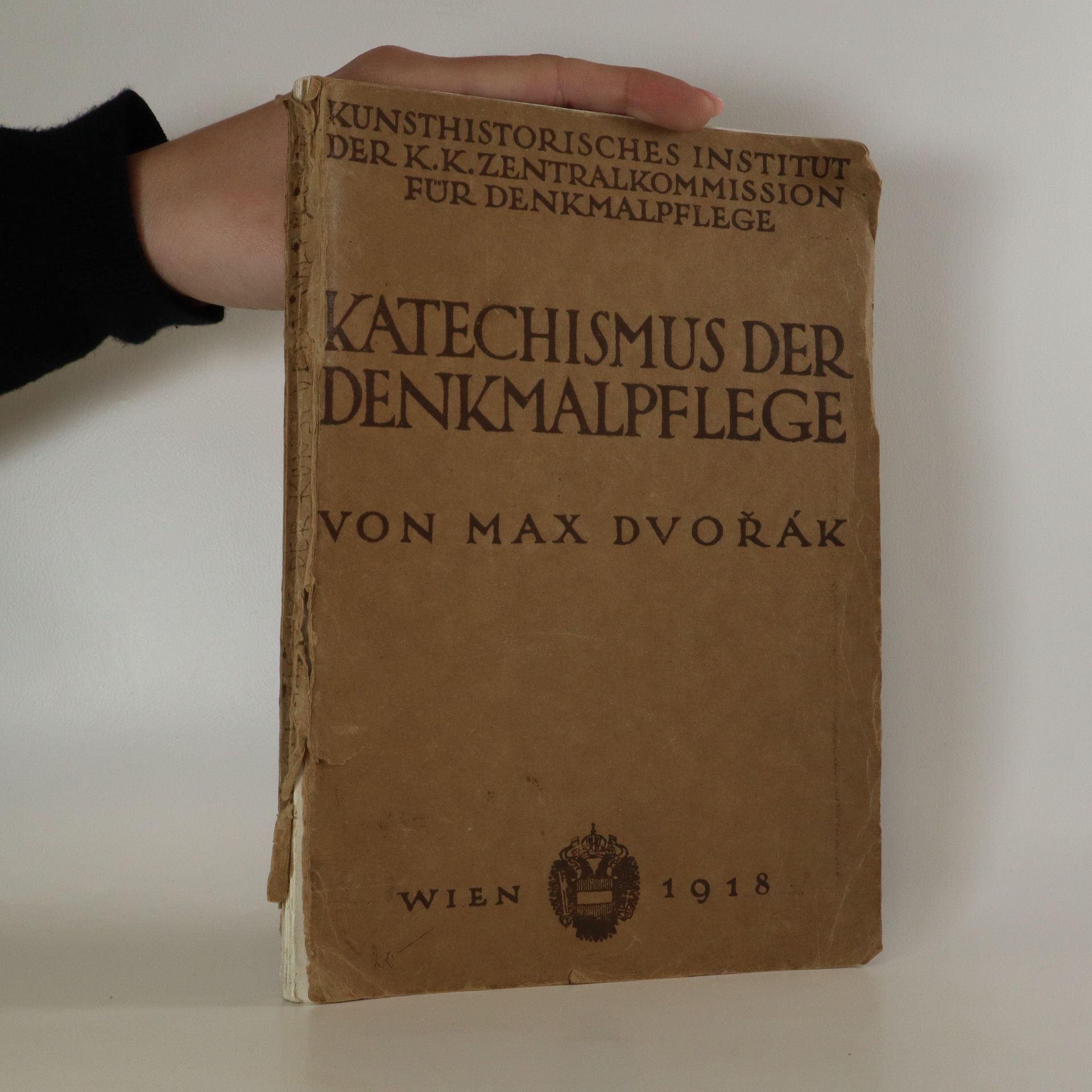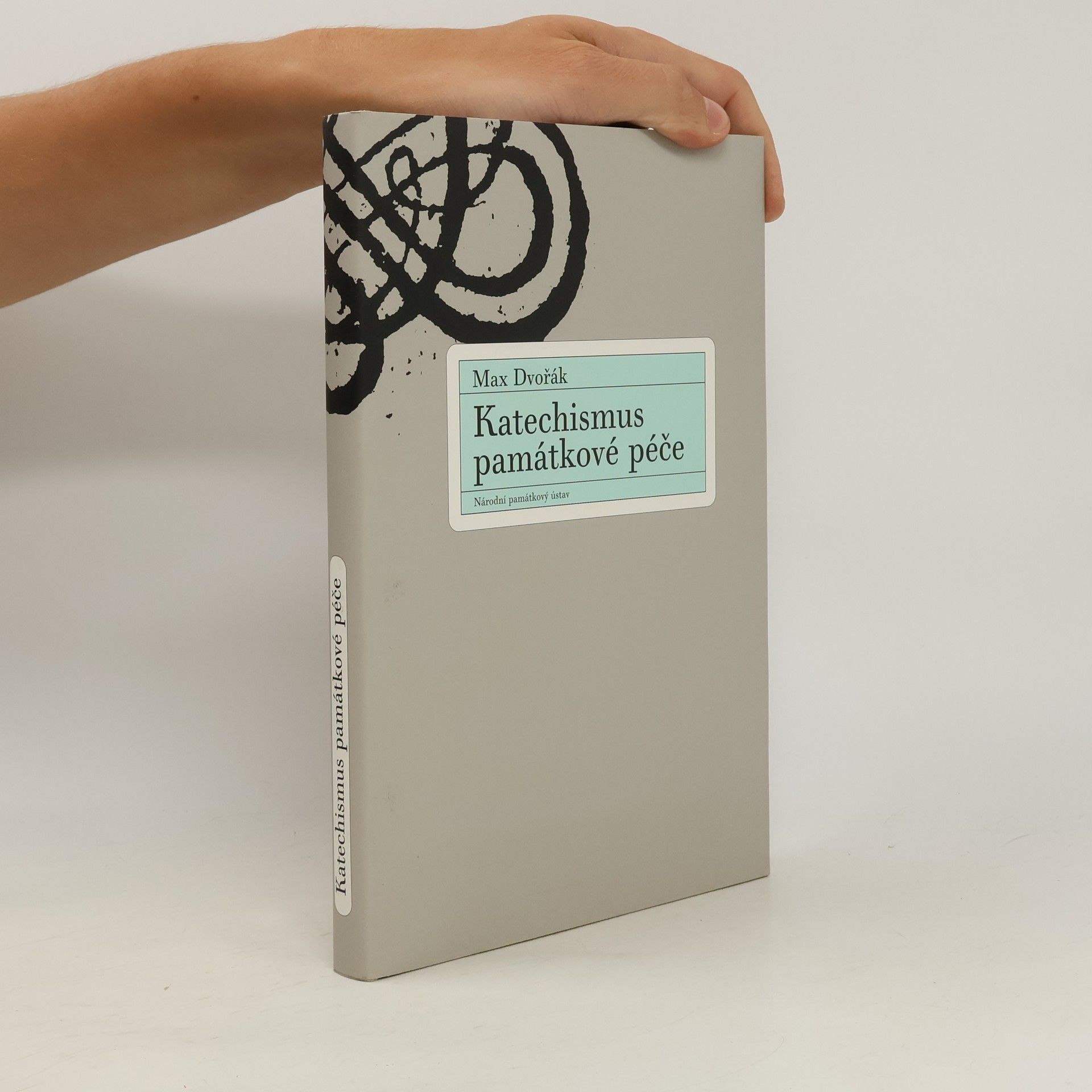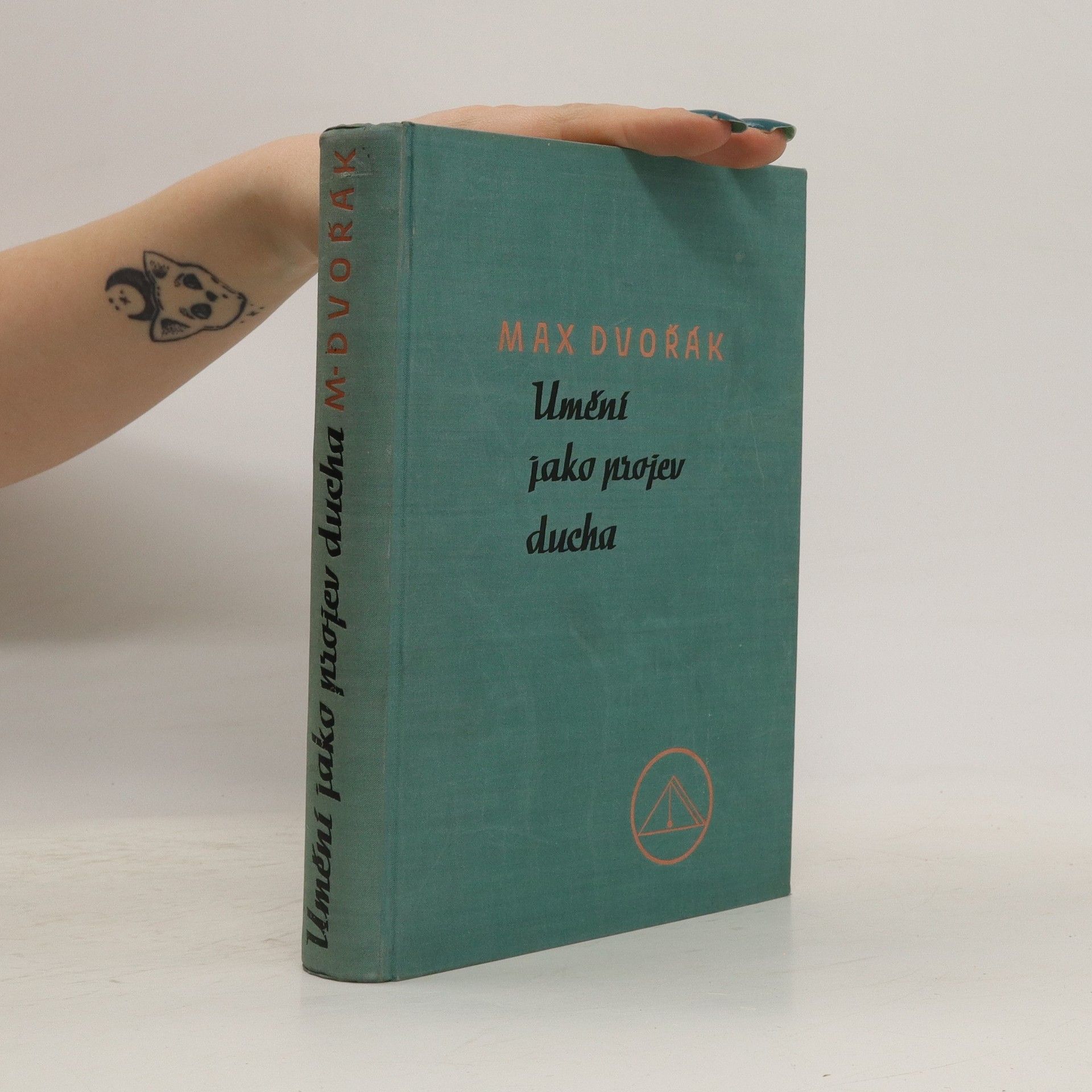Max Dvořák Books
Max Dvořák was a Czech-born Austrian art historian. He served as a professor of art history at the University of Vienna and was a prominent member of the Vienna School of Art History, utilizing a "Geistesgeschichte" methodology. His approach focused on understanding the intellectual and cultural currents that shaped artistic expression, seeking to connect art to the broader spirit of its age.

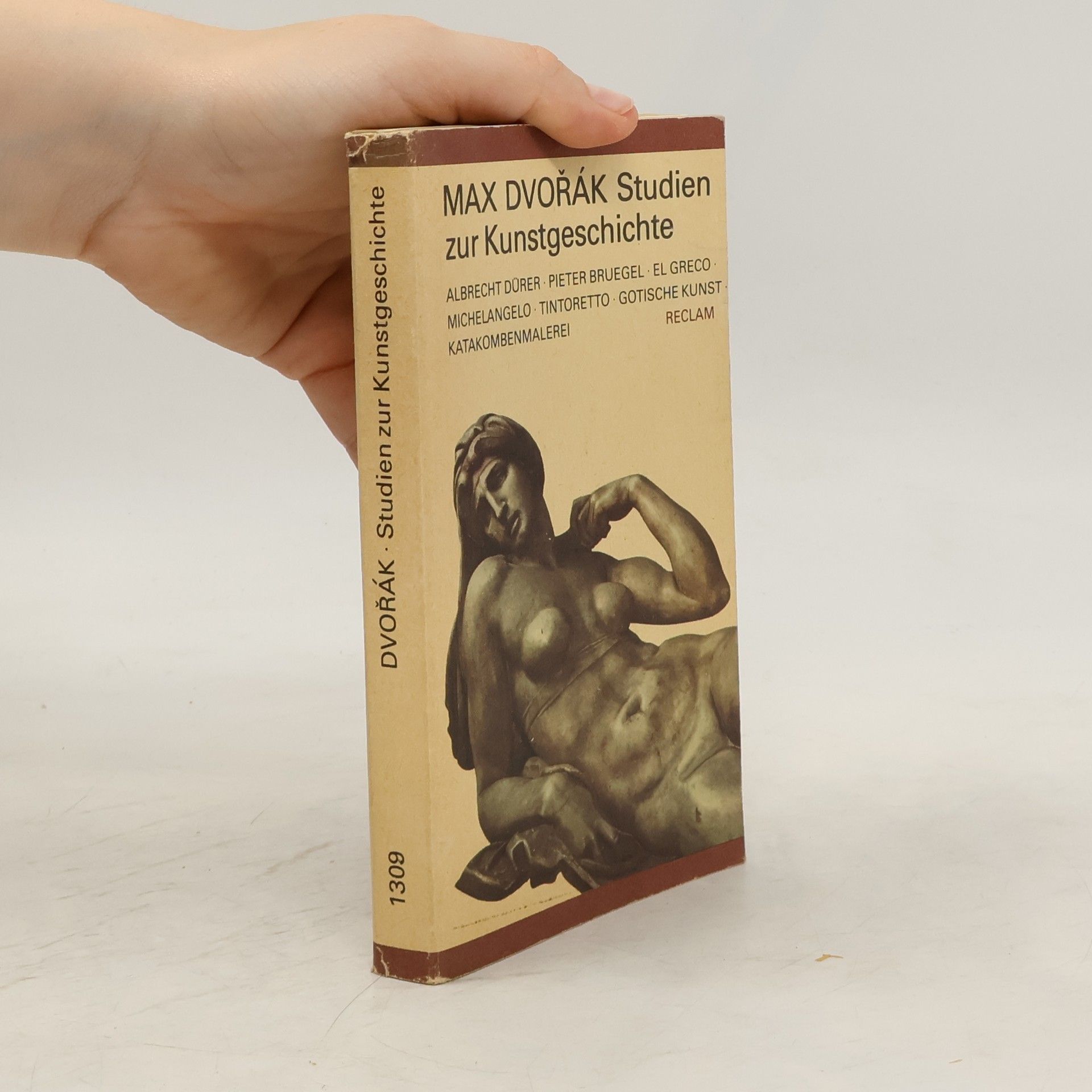



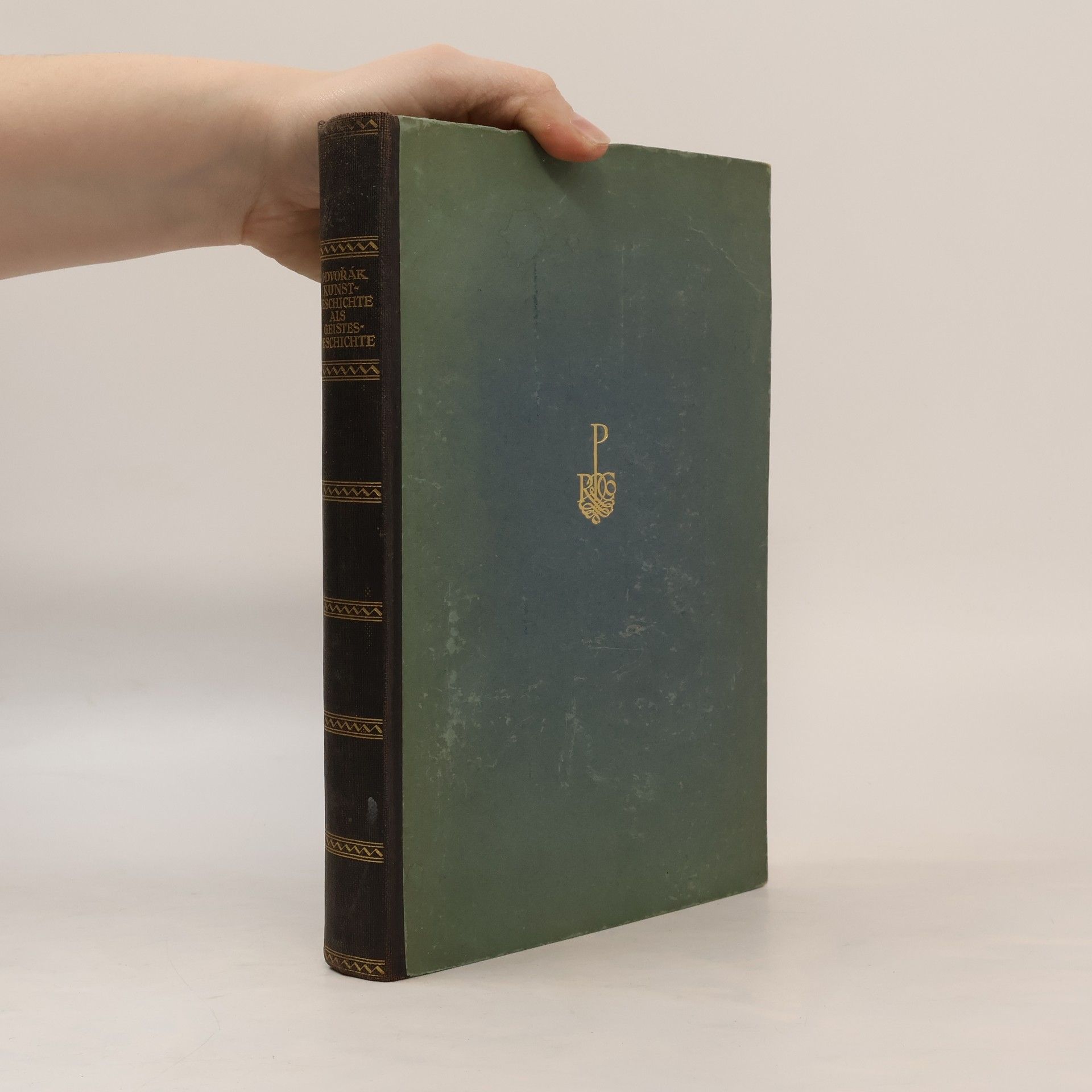
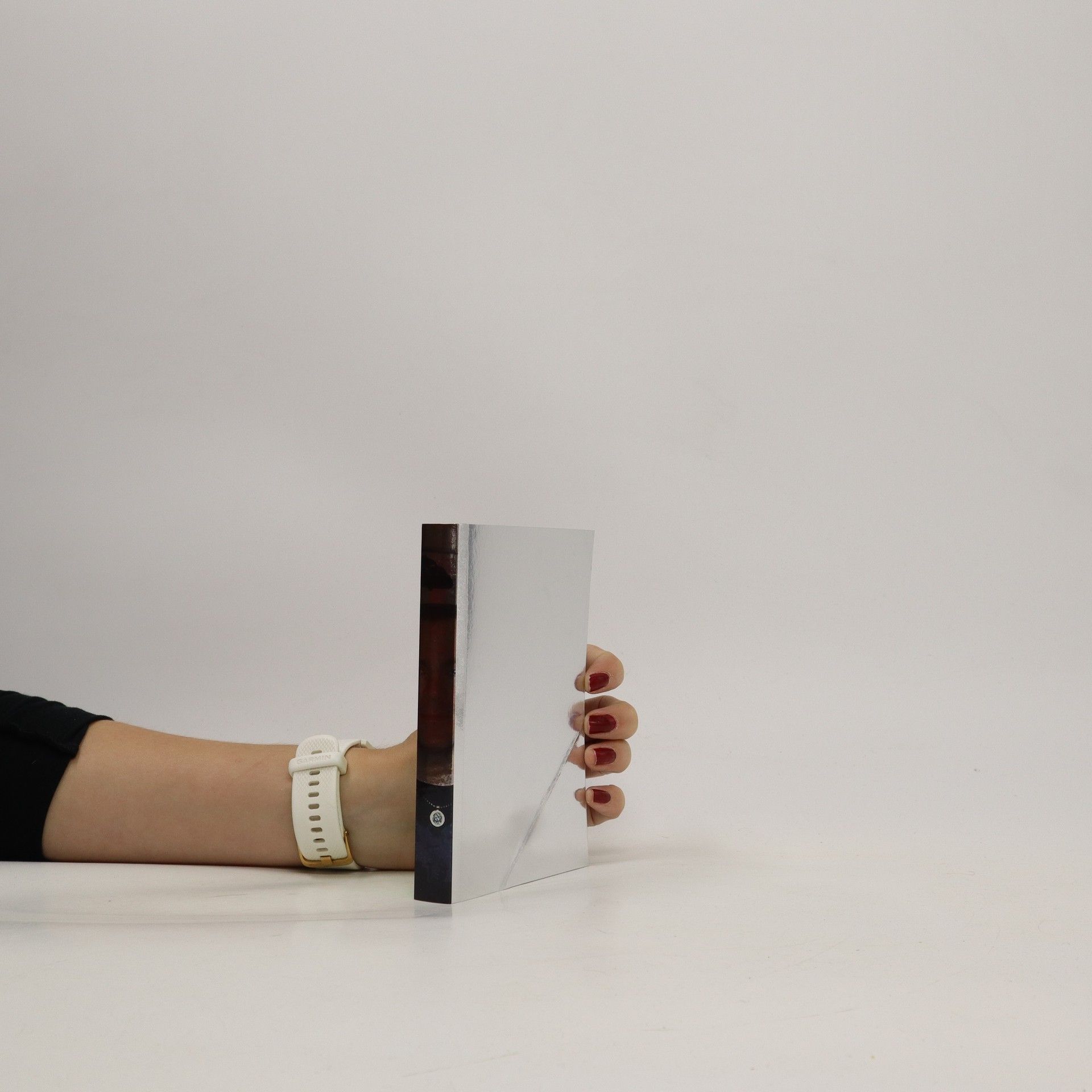
Geschichte der italienischen Kunst im Zeitalter der Renaissance
Zweiter Band: Das 16. Jahrhundert
- 340 pages
- 12 hours of reading
Unveränderter Nachdruck der Originalausgabe von 1929.
Das Rätsel der Kunst der Brüder van Eyck
- 180 pages
- 7 hours of reading
Die Frage nach dem Autor des Genter Altars gehört zu den bisher ungelösten Fragen der Kunstwissenschaft. Die intensive Diskussion über die jeweiligen Anteile der Brüder Hubert und Jan van Eyck an dem Altar begann erst mit der Entdeckung der Inschrift auf dem äußeren Rahmen im Jahre 1823. Der Autor und Kunsthistoriker Max Dvoràk versucht im vorliegenden Band eine Deutung über Das Rätsel der Kunst der Brüder van Eyck. Illustriert mit 72 S/W- Abbildungen. Nachdruck der Originalauflage von 1904.
Ein Brief an Die Italienischen Fachgenossen
- 56 pages
- 2 hours of reading
This work has been selected by scholars as being culturally important, and is part of the knowledge base of civilization as we know it. This work was reproduced from the original artifact, and remains as true to the original work as possible. Therefore, you will see the original copyright references, library stamps (as most of these works have been housed in our most important libraries around the world), and other notations in the work. This work is in the public domain in the United States of America, and possibly other nations. Within the United States, you may freely copy and distribute this work, as no entity (individual or corporate) has a copyright on the body of the work. As a reproduction of a historical artifact, this work may contain missing or blurred pages, poor pictures, errant marks, etc. Scholars believe, and we concur, that this work is important enough to be preserved, reproduced, and made generally available to the public. We appreciate your support of the preservation process, and thank you for being an important part of keeping this knowledge alive and relevant.
Katechismus památkové péče
- 195 pages
- 7 hours of reading
Klasická stať z roku 1916 představuje jednoduchou srozumitelnou formou základní etické aspekty přístupu k památkám a péče o ně, které jsou zcela nadčasové a platné dodnes.
